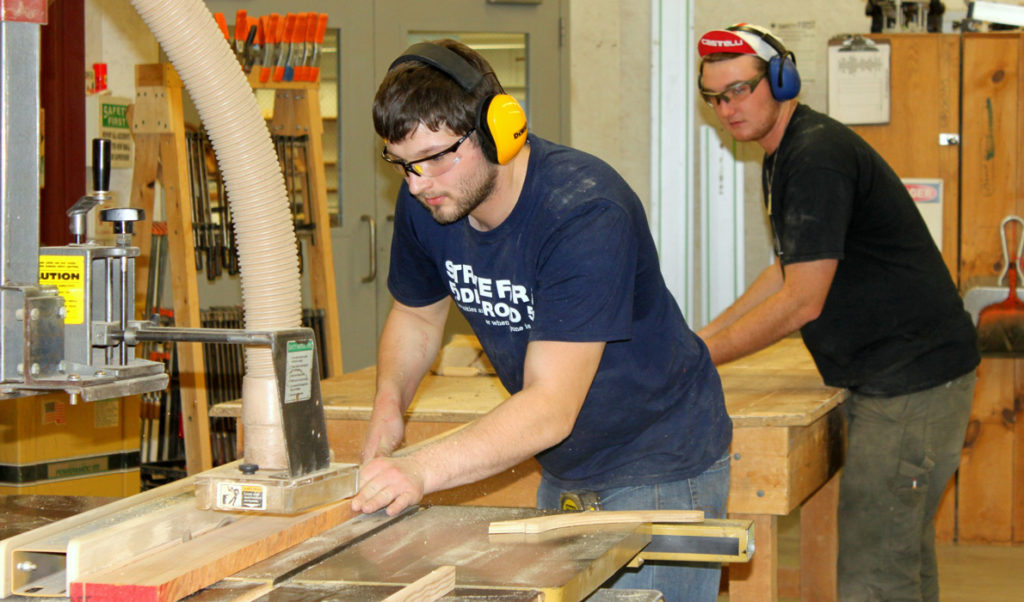This is the third and final installment in a three-part series about the role boat builders and boatyards play in Maine’s coastal and island economy.
Boatyards and marinas provide more than 2,000 jobs and add over $1 billion a year to Maine’s coastal economy. They are blending tradition with innovation to remain sustainable, and many are planning to transfer these businesses to the next generation, whether it’s family or not.
But what’s the most important step to ensure this economic sector continues to thrive? Building a qualified workforce.
So says Susan Swanton, executive director of the Maine Marine Trades Association.
“We just can’t find the qualified workers to fill all of the jobs we have in the industry,” she said. “It’s great if we can create jobs, but it isn’t helpful if we can’t fill them with people with the skills to do good work.”
The boat industry isn’t alone in its shortage of qualified workers. According to the Maine Department of Labor, 2013 marked the first year in which there were more people retiring than entering the workforce, resulting in a 4 percent drop in the labor force. Maine is the oldest state in the nation by median age, and low birth rates starting in the 1990s mean there will not be enough new workers to replace the retiring baby boomers.
Swanton notes Maine’s boat industry pays well and provides employees with steady work.
“What we need to do a better job of,” she said, “is to highlight the attractiveness of these positions and support skills training for young workers.”
Swanton believes the heavy emphasis on going to college creates underinvestment in industrial arts programs at the high school level and leaves many students who are not college bound without the trade skills necessary to do well in the boat building or maintenance industry.
As a solution, Swanton points to places like the Landing School in Arundel that produce the right kind of talent for the industry in Maine.
The oldest operating school of its type in the United States, the Landing School offers accredited programs in yacht design, wooden boat building, composite boat building and marine systems under one roof—and the only residential yacht design degree program in the U.S. Students can earn either a 1-year diploma or a 2-year associate of applied science degree in marine industry technology.
“We are an innovative training ground for the future of the marine industry, providing men and women pursuing their passion for boats with the education and inspiration to turn their passion into a career, whatever career that may be,” said the school’s president, Richard Schuhmann.
Space at the Landing School is limited, however, and according to Swanton, more educational opportunities are needed.
For its part, the Maine Marine Trades Association also is working to develop a comprehensive apprenticeship program that would allow students ranging from high schoolers to boatyard employees to work around their schedules to receive an accredited certificate. The program would require apprentices to complete 144 hours of additional training, but would strengthen their knowledge base on the technical facets of the trade, as well as the equally important “softer” skills, such as communication and teamwork.
Though workforce issues remain a challenge for boatyards, Swanton is optimistic about the future of the industry.
“The boatyards that are willing to innovate and diversify their services are doing well, and will be successful,” she said.
Swanton also had advice for those who live and work on the coast.
“Shop local! If you buy a boat, buy it here in Maine and have your boat fixed, serviced, and stored in a Maine boatyard.”





